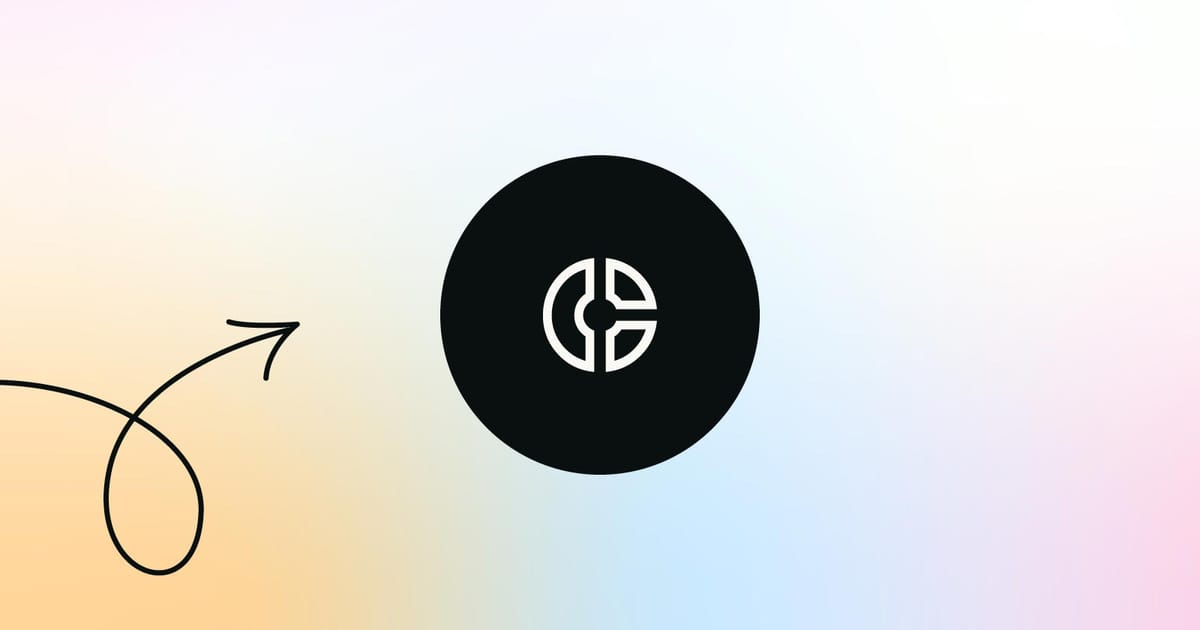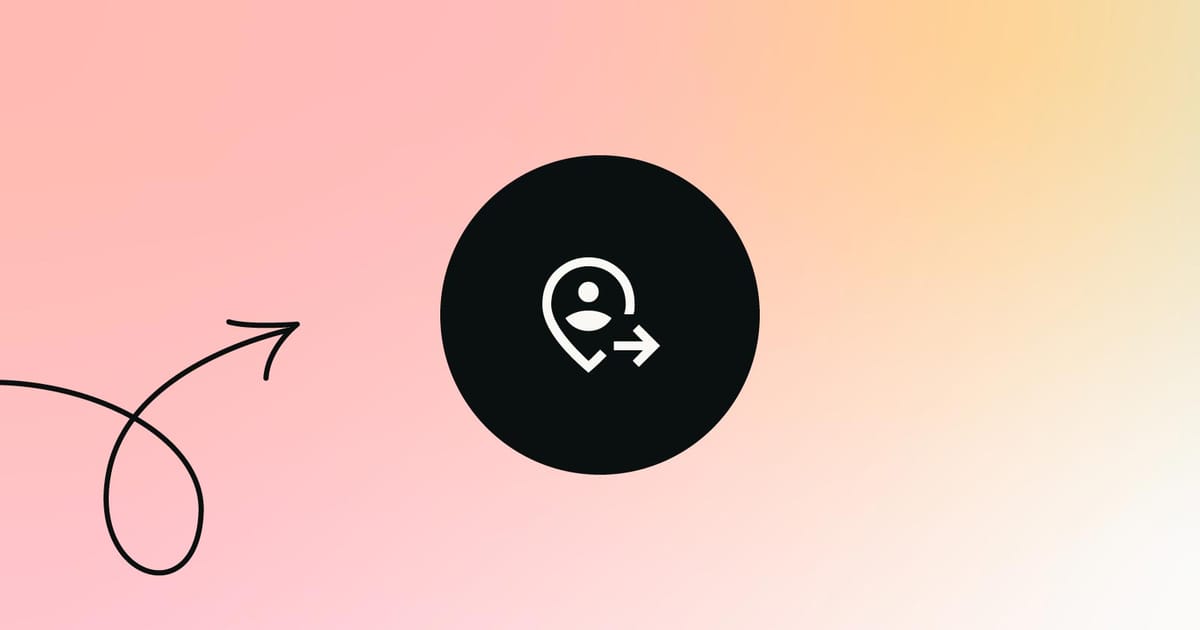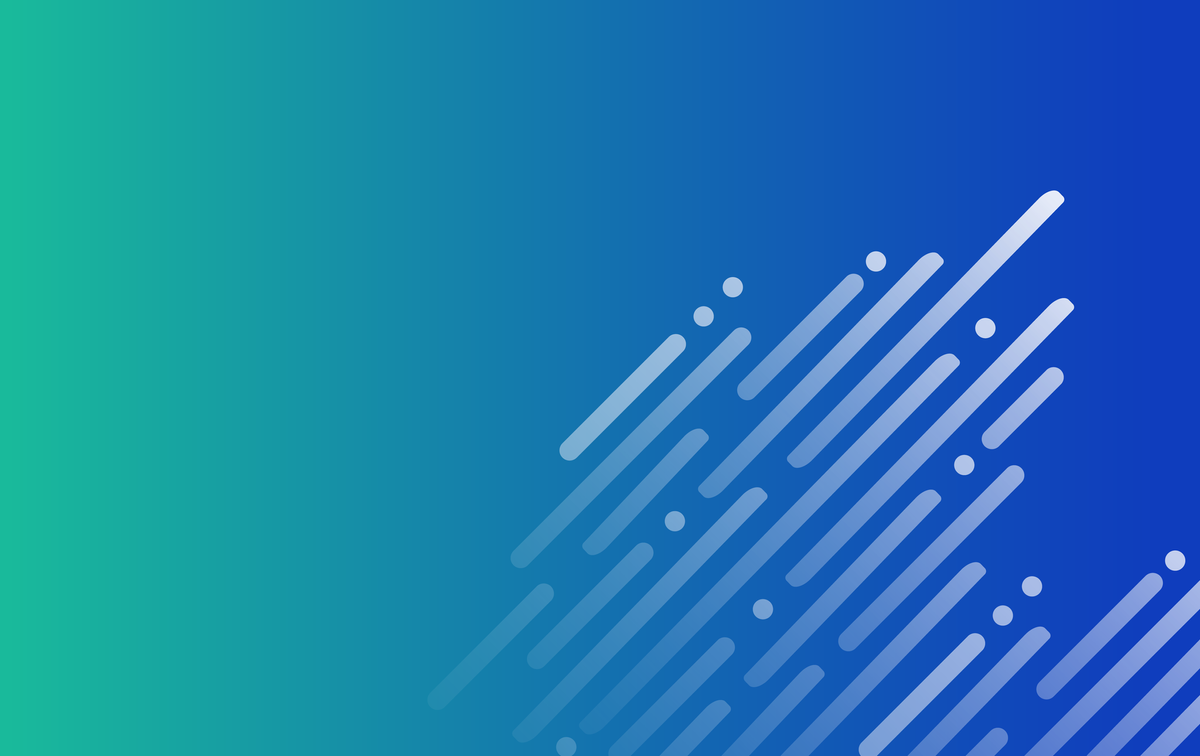Currently, the Software as a Service (SaaS) market sits at $3 trillion but its worth is expected to grow to $10 trillion by 2030. This shows how fast this industry is shaping the world.
For the SaaS market, customer retention is the critical factor for sustainable growth. Effective retention marketing is not only about customer satisfaction but also about building long-term relationships.
From the initial onboarding experience to strategic upselling opportunities, every interaction is an opportunity to reinforce value, address concerns, and nurture loyalty. Retention strategies today are built on a combination of data-driven insights and a personalized approach. Join us to explore the major strategies that lead to customer satisfaction.
Firstly, let’s start with understanding retention marketing in SaaS.
What is retention marketing in SaaS?
Retention marketing in the SaaS industry is about preserving current clients and maximizing their lifetime value with various strategies and techniques. Unlike traditional marketing, which mostly concentrates on the acquisition of new customers, retention marketing creates enduring revenue streams for brand growth.
One of the key retention marketing processes in SaaS is effective onboarding. Providing an easy-to-use and valuable first experience for users leads to continuous engagement and high satisfaction.
User retention can be heavily influenced by giving clear instructions, educational materials, and proactive assistance at the initial stages of software usage.
What’s the importance of retention marketing?
Specifically, considering the SaaS industry, customer retention is important for several reasons.
Revenue stability
Retention marketing enables you to grow via the customers you already have. Gaining new customers is great, and, of course, helps you to grow your business. But keeping the customers you already have and fostering loyalty is not only cheaper, but it enables you to generate a stable stream of revenue. It’s the gift that keeps on giving!
The lifetime value of customers
Customer lifetime value (CLV) refers to the total revenue a company can expect from an average customer over the entire lifespan of their relationship. With this long-term outlook calculated, companies gain an informed understanding of customer profitability.
This drives more strategic prioritization of spending on both acquiring and retaining different customer segments, which results in more revenue and increased profitability.
Advocacy and referrals
A personal endorsement from a trusted source can be greatly influential. Customer referrals are incredibly valuable because they come from a place of genuine enthusiasm for your company or product.
Positive word-of-mouth (WoM) goes a long way in reducing the cost of acquiring new customers while at the same time enhancing brand reputation.
Cost efficiency
Generally, the customer acquisition cost is less to retain customers than to acquire new ones. The resources and marketing expenses necessary for customer acquisition may be significant, rendering retention efforts more resource-efficient.
11 tactics major SaaS companies apply to enhance customer retention
Here are 11 key strategies for successful retention marketing in the SaaS industry.
In-app messaging
In-app messaging helps in enabling personalized interactions. You can offer users problem-solving tips and information about features and updates, for example.
In-app messaging involves targeting user segments and behavioral triggers. With this information at hand, you can send contextual, timely messages, improving user experience and engagement while reducing churn and fostering loyalty.

Onboarding optimization
Onboarding should be personalized to suit individual user needs. You can use data-driven tools to provide tailored recommendations.
Develop proactive communication channels like in-app messaging or email sequences that respond to customers’ concerns quickly. Collect feedback from the users and make the necessary changes to the onboarding process to make it as seamless as possible.
A well-designed interface will help users navigate through the system and instructional triggers and interactive tutorials can be super helpful, too.
User segmentation
Segment your high-value customers into groups based on their behavior, demographics, and geography. You can use analytics tools to do this and create targeted marketing campaigns that retain users and drive loyalty.
Once you have your data, be sure to customize communication with each segment, specifically addressing their unique problems.
Create dynamic content delivery systems that’ll change as per the changes noticed in the user’s preferences. With the help of segmentation, you can provide a highly personalized experience, create stronger bonds, and enhance customer loyalty.

Customer satisfaction services
Leading SaaS firms prioritize customer retention through stellar support and success initiatives. They provide personalized onboarding, continuous training, and dedicated customer success managers.
These managers act as advocates, addressing obstacles, maximizing software usage, and offering tailored solutions based on customer feedback and data analysis. When you nurture strong customer relationships and development, you can reduce attrition while maintaining your competitive edge.
Upselling and cross-selling
Upselling and cross-selling are two key retention strategies. They both aim to increase revenue while adding value to customers.
Upselling involves persuading existing customers to migrate from their current plan to the higher-priced plans or add new features so that their initial investment in the software goes up.
Cross-selling focuses on promoting complementary products or services to customers based on their usage patterns and behavior.

The key to successful upselling and cross-selling lies in data-driven insights. Track usage patterns and customer behavior so you can identify opportune moments to recommend relevant upgrades, add-ons, or complementary offerings.
Customer feedback loops
Customer feedback loops are one of the most important elements of an effective SaaS retention strategy. This is because they enable continuous improvement while ensuring a customer-centric approach.
Surveys, feedback forms, and in-app prompts are some of the methods used by companies to collect feedback on satisfaction, issues faced, and/or even recommendations for new product features.
When you listen attentively to what customers have to say, you can be responsive and prioritize product improvements that meet the individual requirements or pain points of your customers.
Loyalty and referral programs
Savvy SaaS companies leverage loyalty and referral programs to cultivate an engaged customer base willing to share positive experiences. These initiatives provide special treatment to loyal customers and brand advocates.
Discounted rates, exclusive features, and freebies incentivize users to actively engage with the software. Simultaneously, referral programs tap into the powerful influence of WoM marketing by encouraging customers to recommend products to their networks.
Through strategic rewards and incentives, you can nurture long-lasting relationships, amplifying brand reach and customer retention.

Educational supplies
Educative resources empower users to understand and use the software to its maximum strength. These resources can look like tutorials, guides, and webinars that impart knowledge that is used to support users.
For example, companies offer self-learning opportunities so that the audience understands the mechanism, and problem-solving methodologies, and explores hidden functions. Remember to customize your content so it’s specifically tailored to the needs of your customer segments.
Customer support excellence
Having great customer support enables you to foster trust, satisfaction, and loyalty by effectively attending to the queries raised.
Using live chat, emails, and phone calls, support service representatives ensure satisfying the different preferences of customers. Self-service resources like support portals and automated troubleshooting tools are also a great way to help users solve their problems.
Continuous improvement
Effective SaaS retention strategies demand a relentless pursuit of continuous improvement to enhance the user experience. This process involves meticulous collection and analysis of customer feedback and usage data, enabling data-driven refinements.
Through programmed updates, feature enhancements, and diligent bug fixing, you can ensure your offerings remain current, competitive, and aligned with evolving user needs.
Agile development methodologies play a pivotal role in this iterative approach, facilitating rapid iteration cycles and adaptability. When you embrace agility, you can swiftly respond to user requirements, fostering a seamless and ever-improving experience that fortifies customer loyalty and retention over time.
Personalized customer journey
Personalized customer journeys form the backbone of effective SaaS retention strategies. Through data analysis and segmentation, companies craft personalized paths that guide users on how to interact with their software programs seamlessly.

This encompasses onboarding for feature adoption, ongoing engagement, and supportive interactions. At every touchpoint, SaaS providers deliver tailored content, recommendations, or offers designed to delight users and foster stronger bonds with their products.
Conclusion
Retention marketing platforms emphasize customer retention and customer success, ensuring stable revenue streams while cultivating loyalty and advocacy among clients.
Auto-renewals and retention automation also play a fundamental role in nurturing customer relationships and enhancing retention rates. Cutting-edge technologies like artificial intelligence and machine learning enable continuous delivery, testing processes, and campaign optimization for superior results.
To forge lasting connections with customers and thrive, implementing a well-crafted retention marketing strategy is key. Through personalized, seamless experiences and leveraging automation, you can unlock sustainable growth and unwavering customer loyalty.
Wanna learn all you can about retention marketing? Check out our comprehensive guide. 👇




 Follow us on LinkedIn
Follow us on LinkedIn



